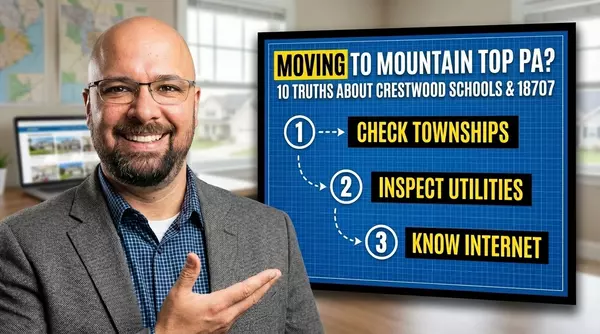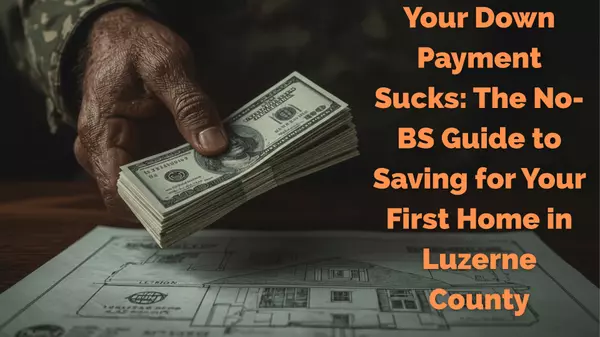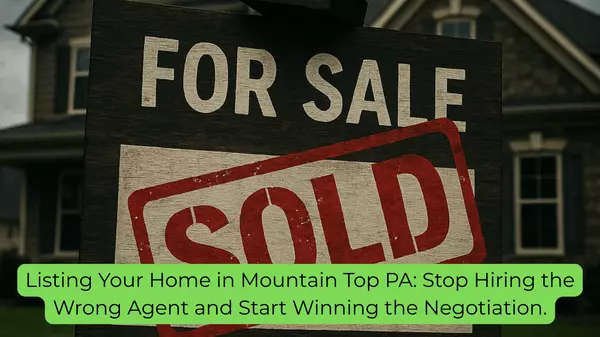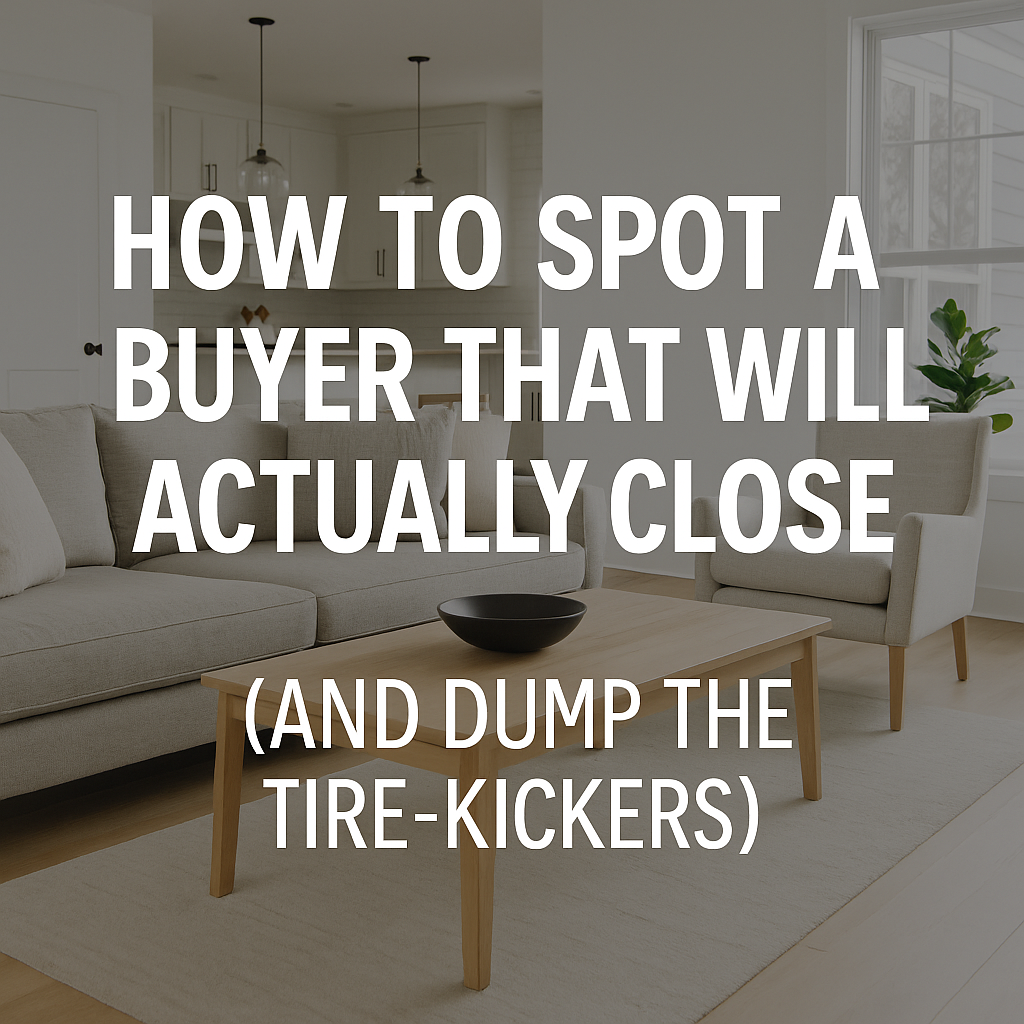How to Spot a Buyer That Will Actually Close (And Dump the Tire‑Kickers
Introduction
You don’t want tire‑kickers—people who tour, ask a ton, and vanish. You want serious buyers: those who will close.
In a market like Luzerne County, with tight inventory and high stakes, distinguishing between the lookie‑loosers and the real deal is your edge.
Here’s how to read the signals, set up your filters, and have fewer “almosts” and more “solds.”
🔍 Signal #1: Pre-qualification (But with Teeth)
-
Don’t just ask “Are you pre-qualified?” — demand proof.
-
Get lender letters, or better yet, bona fide pre‑approval documents.
-
Ask about their down payment, debt-to-income, credit. If they can’t or won’t answer, move on.
-
A buyer who’s serious will jump on transparency; the rest will hem and haw.
Action step: When listing, include in your agent’s script: “Only showings with proof of funds / pre‑approval.”
It thins out the weeds.
✍️ Signal #2: Their Questions Reveal Mindset
Tire‑kickers ask basics: “How many bedrooms? What school district?”
Real buyers dig deeper:
-
“Why are they selling?”
-
“How old is the roof / HVAC / foundation?”
-
“What other offers are in?”
-
“What’s the neighborhood issue I should know about?”
When those types of questions pop — that’s your buyer.
Action step: Train your agent or yourself to observe which questions they skip. The guardrails where they avoid getting specific often tell you everything.
📉 Signal #3: Low “What-ifs” — High “When” and “How”
Look for qualifiers:
-
“If we got the inspection done, how soon could we close?”
-
“Assuming financing is okay, when do we move?”
-
“What’s your timeline for closing / moving?”
If they’re asking “if” and “when,” they’re testing scenarios, not just wandering.
If it’s “maybe” or “could be”—that’s a red flag.
💰 Signal #4: Flexibility (Within Reason)
Serious buyers show flexibility—on closing, move‑ins, minor concessions.
But it’s a two‑way street. You still set limits.
If someone insists your home must absorb all their workload (repairs, closing costs, etc.) without wiggle—they may not be serious.
Look for mutual movement, not unilateral demands.
Action step: Your listing terms should allow some negotiation but within defined guardrails. Know your floor.
🧠 Signal #5: Behavior After Tour
-
Do they ask for the MLS sheet, disclosures, inspection report immediately?
-
Do they schedule a second visit quickly (within 24–48 hours)?
-
Do they escalate urgency: “We love it—what do we need to do to make this work?”
If yes, that means they’re mentally sizing up closability, not just browsing.
🚨 Watch for the Red Flags
-
They refuse to share finances.
-
They dodge the “when can you close?” question.
-
They bring family/friends who nitpick everything unnecessarily.
-
They demand you absorb every cost.
-
They vanish after one tour and reappear weeks later casually.
Those are signs of time-wasters.
🎯 How to Filter Upfront
-
Request pre-approval letter + proof of funds before showing.
-
Send a short questionnaire (or have your agent) with key “closing intention” questions.
-
Use showing transparency: limit access to serious buyers only.
-
Be upfront in your listing: “Only pre-approved buyers, serious offers only.”
-
Run multiple showings within a short window to foster urgency and competition.
✅ Conclusion & Call to Action
You’re not in this to field window shoppers. You’re in this to get strong offers and closing deals.
Your job? Build the filters. Read the signals. Force the serious to show.
And if you want help designing a lead-gen questionnaire, showing script, or buyer‑filter system built around Mountain Top / Luzerne? I got you.
Drop me a line. Let’s arm your listing with the tools to weed out the noise and pull in the closers.
Categories
Recent Posts











